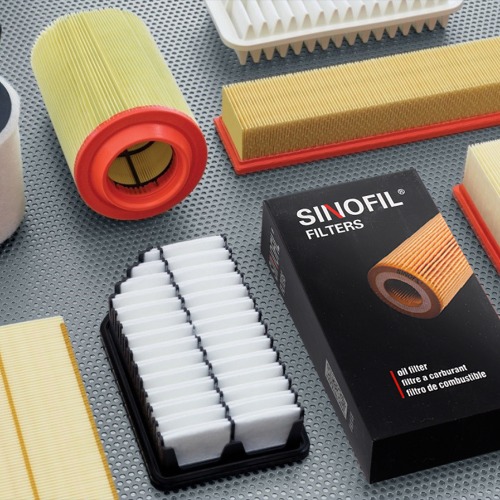Home / News / The Classification of Air Filters and How to Install Air Filters
Air filters can be classified based on various criteria, including:
Filtration efficiency: Air filters can be classified based on their filtration efficiency, which indicates the percentage of particles that they can capture. Common filtration efficiency ratings include MERV (Minimum Efficiency Reporting Value), HEPA (High-Efficiency Particulate Air), and ULPA (Ultra-Low Particulate Air).
Type of filter media: Air filters can also be classified based on the type of filter media they use. Common types of filter media include fiberglass, pleated paper, washable/reusable, activated carbon, and electrostatic.
Application: Air filters can be classified based on their application, such as HVAC (Heating, Ventilation, and Air Conditioning) filters, automotive air filters, industrial air filters, or medical air filters.
Size and shape: Air filters can be classified based on their size and shape, such as panel filters, box filters, bag filters, or cylindrical filters.
Operating principle: Air filters can also be classified based on their operating principle, such as mechanical filters that physically trap particles, electrostatic filters that use an electric charge to attract particles, or UV-C filters that use ultraviolet radiation to kill bacteria and viruses.
Overall, the classification of air filters can be based on their filtration efficiency, type of filter media, application, size and shape, and operating principle. Choosing the right air filter for a specific application requires careful consideration of these factors, as well as the air quality requirements and any specific concerns, such as allergies or medical conditions.Meanwhile,The installation of air filters can vary depending on the type of filter and the specific application, but here are some general steps to follow:
Turn off the HVAC system: Before installing an air filter, it is important to turn off the HVAC (Heating, Ventilation, and Air Conditioning) system to prevent any accidents or damage to the system.
Locate the filter slot: The filter slot is typically located near the air intake or blower unit of the HVAC system. Refer to the user manual or manufacturer's instructions to locate the filter slot.
Remove the old filter: If there is an old filter in the slot, remove it carefully and dispose of it properly.
Check the size and orientation: Check the size and orientation of the filter before installing the new one. The size should match the slot, and the arrows on the filter should point towards the direction of the air flow.
Insert the new filter: Carefully insert the new filter into the slot, making sure it fits snugly. Make sure the arrows on the filter are pointing towards the air flow direction.
Close the filter slot: Once the new filter is installed, close the filter slot securely.
Turn on the HVAC system: Turn on the HVAC system and check that the air flow is normal. It is recommended to check the air filter regularly and replace it according to the manufacturer's recommendations to maintain optimal air quality and system efficiency.
These are general steps for installing air filters, but the installation process may vary depending on the specific type of filter and application. It is important to refer to the user manual or manufacturer's instructions for specific installation guidance.





 English
English Español
Español











 ++86 183 3391 1399
++86 183 3391 1399


 +86 183 3391 1399
+86 183 3391 1399
 +86 187 3296 0060
+86 187 3296 0060 Wangshigong Village, Wei County, Xingtai City, Hebei Province, China
Wangshigong Village, Wei County, Xingtai City, Hebei Province, China
